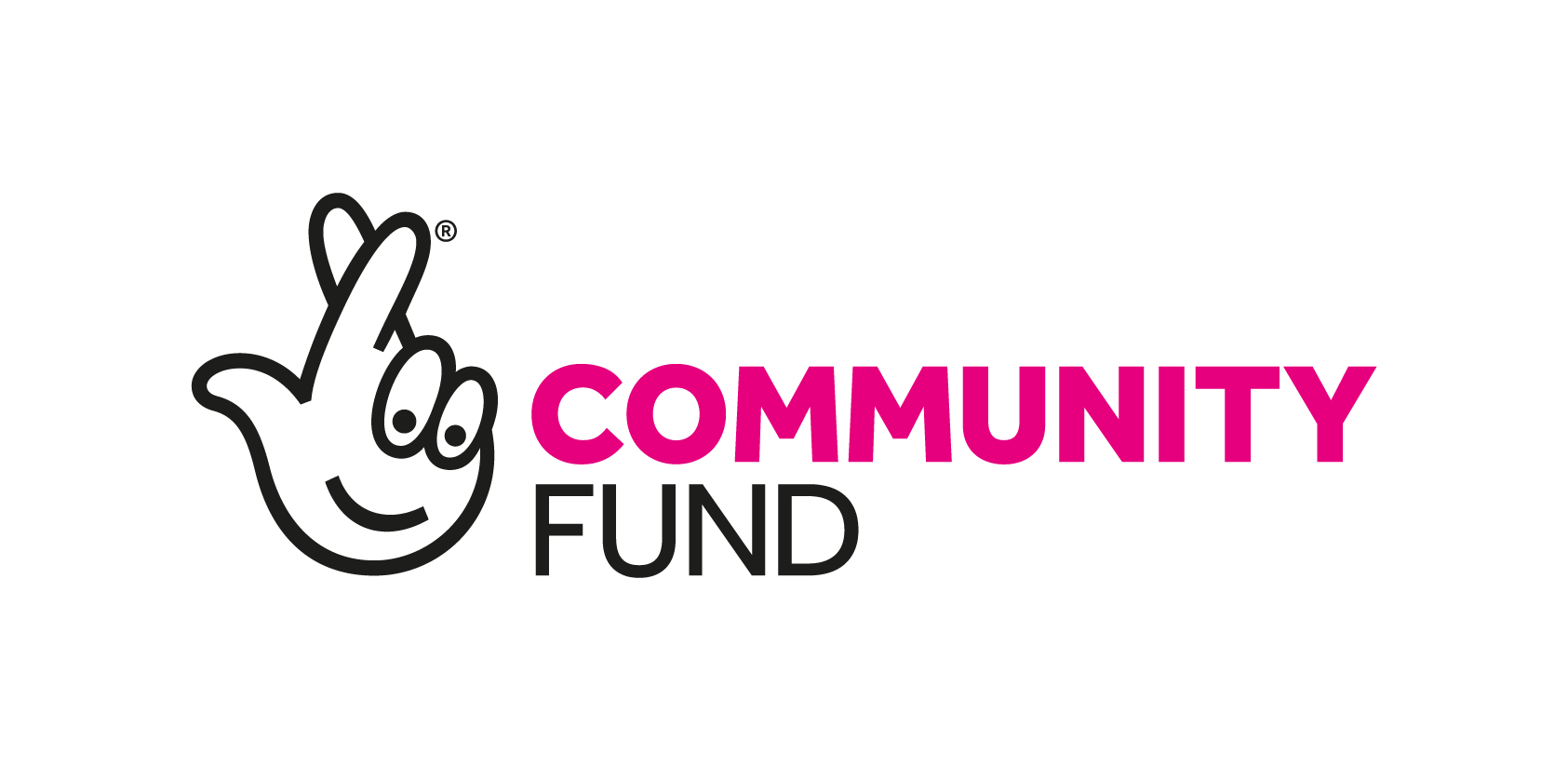
Co-Production – Call it what it is!
Tess Tainton is the Involvement Coordinator at ICM. In this blog she shares her views on the issues around correct use of the term coproduction.
When I hear the word ‘co-production’ my heart sinks. It’s not because I don’t agree with it, because I do; it’s because of the conversations which surround it and the lack of consensus people have.
The dictionary definition doesn’t help to clear things up:
“a film, television programme, or theatre production organized by two or more people or organizations, rather than a single person or organization: Example: The movie is a co-production, with input from Disney and the Children’s Film Foundation.”
(https://dictionary.cambridge.org/dictionary/english/co-production)
Within services the definition is closer to this:
“The term Co-production refers to a way of working where service providers and users, work together to reach a collective outcome. The approach is value-driven and built on the principle that those who are affected by a service are best placed to help design it.”
(https://www.involve.org.uk/resources/methods/co-production)
So why is there a lack of consensus? I’ve observed those who find co-production to be something where every decision from the first idea to the ending and evaluation of a project must involve service delivery and those with lived experience making collective decisions. There are others who see co-production as something far looser and more flexible, where a single decision within something larger can be co-produced, or where anything involving service delivery and lived experience contributing opinions can be defined that way. Either way what you are left with is people with a lot of passion trying to do the right thing and using the same term to try to get something done while talking about quite different things.
Running alongside co-production are ‘co-design’ and ‘consultation’. These are perfectly acceptable ways of making decisions but have different levels of service user involvement and the trouble people have is when all those terms and co-production are used interchangeably. It is critical that these terms are used to correctly define what is being done.
There is a strange pressure where everything should be co-produced and this could be why most involvement seems to be classed as such when, I’ve found, it is usually co-design. How something is labelled brings with it certain expectations, especially from those who are there due to personal reasons, so a mislabelling of a process can prompt high levels of frustration. If I was asked to come and be involved in a process to create salt and vinegar crisps but when I got there found it was about prawn cocktail crisps I would be annoyed. Yes, they are both about crisps, but I find prawn cocktail unpalatable and would not have engaged with the process had I known it was about that. If I am invited to be part of a co-produced process only to find out that’s it’s co-design, it would equally annoy me: In the former, I would be going to something expecting to be equally part of a decision making process as well as the design, in the latter, it is only about co-designing and not being part of the whole thing.
Alongside a clarity of language, everyone present in the process needs to know no more or less than anyone else. There must be an equity of information. Decision making should include everyone having an equal voice. Everyone should be equally clear on purpose, design, limitations, decisions.. every part of the process. Doing this properly can be very time consuming and labour intensive for whoever is responsible for organising any meeting and distributing information. There are no shortcuts in co-production.
To sum up, co-production is absolutely the best way of doing a project, but it is also difficult. Don’t be ashamed to name something correctly just because it means admitting it isn’t co-production. The problem is pretending it is, when it isn’t.


